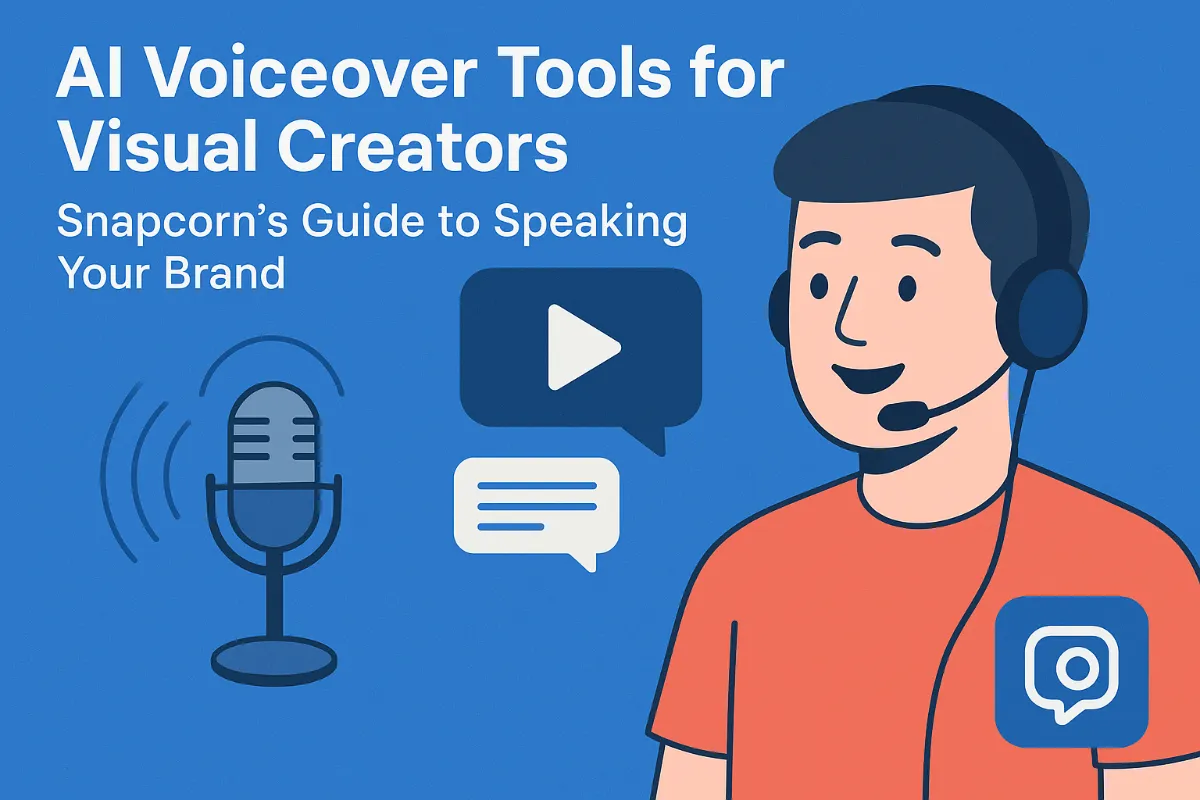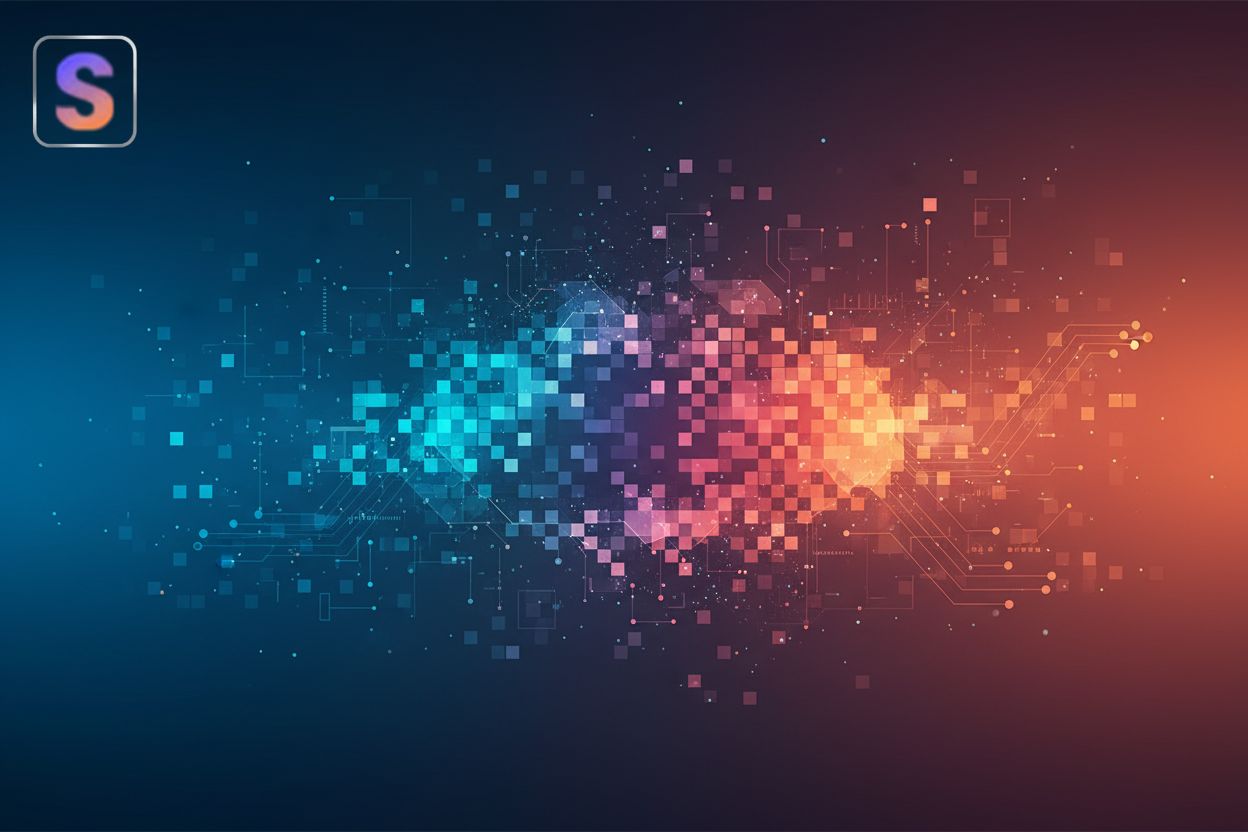Noise Begone AI's Revolution in Image Denoising Techniques
TL;DR
Understanding Image Noise The Bane of Photography
Ever wonder why some photos just pop while others look, well, kinda crummy? It often comes down to image noise.
- Image noise is those annoying specks and artifacts that messes up your pictures. There's luminance noise, which looks like general graininess or a loss of fine detail, making the image appear rough. Then there's chroma noise, which shows up as distracting colored speckles, often in blues and reds, particularly in darker areas. Finally, salt-and-pepper noise is characterized by random, stark white and black pixels scattered across the image, making it look like it's been sprinkled with salt and pepper.
- [Placeholder for visual example of luminance noise]
- [Placeholder for visual example of chroma noise]
- [Placeholder for visual example of salt-and-pepper noise]
- High ISO settings, low light, and camera sensor limitations are usually to blame for image noisiness.
- Sensor size is key; bigger sensors usually equals less noise. ISO sensitivity, lens quality, and even your exposure settings makes a difference.
- And don't forget post-processing—it can either save or ruin a pic, depending on what you do.
Ready to dive deeper into the types of image noise and how they mess with your photography?
The AI Revolution in Image Processing A New Era Begins
AI is changing the game, isn't it? It's not just sci-fi anymore; it's here, making image processing way smarter.
- Traditional filters are kinda limited, right? They often struggle with complex noise patterns and can sometimes smooth out important details along with the noise. AI, on the other hand, can learn incredibly intricate noise patterns. This learning allows it to distinguish between actual image detail and unwanted noise, leading to much more precise and effective denoising.
- AI does it all automatically, get it? This automation means that complex tasks that used to require significant time and expertise can now be accomplished with a few clicks. It saves photographers valuable time, reduces the potential for human error, and makes advanced image enhancement accessible to a wider range of users, regardless of their technical skill level.
- Think about medical imaging: Artificial Intelligence-based Image Enhancement in PET Imaging: Noise Reduction and Resolution Enhancement shows how AI is used in PET scans to reduce noise and improve accuracy.
According to Adobe, AI image cleaning is about to change the way we restore and preserve photos.
It makes things easier, more faster, less labor-intensive than the old school ways.
Ready to see how deep learning models really works?
How AI Elevates Image Quality Beyond Noise Reduction
AI can do more than just clean up noise, ya know? It's actually pretty rad at boosting image quality in ways you might not expect.
AI can do selective sharpening, meaning it only sharpens what needs it, like edges and textures, without amplifying noise.
Background noise elimination is a game-changer, especially in portraits where you want a smooth background, not distracting grain.
These AI tools can adapt to different image types and lighting, making sure the enhancement is always on point.
Intelligent resolution increase means you can blow up images without that pixelated mess. AI fills in the blanks, intelligently reconstructing missing details to create sharper, more detailed enlargements.
Customizable enhancement options lets you tweak the settings to get exactly what you want, not some generic filter.
And context-aware sharpening is like the AI knows what you're going for, sharpening details based on what it "sees" in the image.
So, ready to see how AI handles upscaling without making your photos look like a blurry mess? AI upscaling works by analyzing the existing pixels and intelligently generating new ones to fill in the gaps, effectively increasing resolution while preserving detail and avoiding the blocky, blurry look that traditional upscaling methods often produce.
AI Noise Reduction in Action Real-World Photography Scenarios
Ever wonder how AI noise reduction really works in the everyday world? It's not just about fancy algorithms; it's about fixing photos in ways you might not even realize.
- Portrait photography benefits big time, with AI smoothing skin while keeping details sharp – no more plastic-looking faces.
- Night photography is totally transformed; AI can reduce grain and bring out details in low-light shots, making those night scenes actually usable.
- Wildlife photographers can also get in on the action, using AI to clean up high ISO images without losing the texture of fur or feathers.
Now, what about improving those old family photos? AI's got you covered there, too. It can help restore old photos by intelligently removing scratches, dust spots, and fading, while also reducing noise and bringing back lost color and detail, breathing new life into cherished memories.
Ready to see how AI handles low light situations?
User Experience with AI Tools Simplicity and Power Combined
AI tools are getting so good, it's almost scary, right? I mean, who needs mad editing skills when AI can do it for you?
- AI denoisers often have one-click noise removal, making stuff easy, even if you're not a pro, ya know?
- Batch processing lets you clean up tons of images at once, which is great for wedding photographers or anyone with a big shoot.
- These tools are designed so everyone can use them, not just experts, get it?
It's not about replacing skills, but, making them more accessible, I guess. This accessibility means more people can achieve professional-looking results without a steep learning curve. Next up, let's talk about how these tools give you real-time feedback, yeah?
Selecting the Right AI Denoiser A Photographer's Guide
Picking the right AI denoiser? It's kinda a big deal, y'know? Too many options can be overwhelming, but a lil' guidance helps.
- Topaz DeNoise AI: This is a powerhouse known for its advanced deep learning models that excel at removing noise while preserving fine details. It's great for photographers who demand the highest quality results and are willing to invest in a premium tool.
- Luminar Neo: Offers a suite of AI-powered editing tools, including a robust denoiser. It's a good all-in-one solution for photographers looking for ease of use and impressive results without needing multiple specialized programs.
- Adobe Lightroom/Photoshop (AI Denoise feature): Integrated directly into Adobe's popular software, this feature offers excellent noise reduction with a familiar interface for existing users. It's convenient and effective for everyday denoising tasks.
- ON1 NoNoise AI: This tool is praised for its speed and effectiveness, offering a good balance between performance and image quality. It's a solid choice for photographers who need to process many images quickly.
Consider accuracy, processing speed, the user interface, and what it's gonna cost ya.
Next, let's dive into the factors you need to consider before clicking that "enhance" button!
Professional Enhancement Options Seamless Integration and Control
Okay, so you want to make those images really pop, huh? AI-powered enhancement options can give you seamless control.
AI denoisers often integrate into existing software, such as Adobe Photoshop and Lightroom, which streamlines your workflow.
Plugins and extensions give you one-click access, making things easier.
You get precise control over noise reduction, sharpness, and color correction.
Sophisticated color correction helps the end results by intelligently adjusting color balance, saturation, and tone to create a more pleasing and accurate image. Selective noise reduction targets specific areas, allowing you to reduce noise in noisy backgrounds without affecting sharp foreground details, leading to a more natural and refined final image.
Ready to learn about minimizing artifacts and maximizing detail retention?
The Future Unveiled AI's Expanding Role in Photography
AI in photography is only getting started, right? It's gonna get even wilder in the future, that's for sure.
- Expect better image restoration; AI might just bring back details you thought were gone forever.
- Resolution gonna be crazy! AI upscaling could lead to 4x+ enlargements without the blur.
- Cameras themself might get smarter; AI adjusting settings on the fly for the perfect shot.
These breakthroughs will let photographers do more than ever. Next up, let's look at the creative possibilities AI is unlocking.
Frequently Asked Questions Demystifying AI Denoising
Alright, so you're probably wondering what all the fuss is about AI-powered image denoising, right? Well, here's the lowdown.
Does AI compromise original quality? Not really, the goal is to remove noise while keeping details sharp. AI algorithms are designed to identify and remove noise patterns without degrading the actual image information.
AI beyond noise reduction? Yep, it can upscale, sharpen, and correct colors. AI's capabilities extend far beyond just denoising, offering a comprehensive suite of tools for image enhancement.
How to denoise with AI? Most tools offer a simple upload and click, though some let you tweak it. The process typically involves uploading your image to the AI software or service, selecting the denoising option, and letting the AI work its magic. Advanced users can often adjust parameters for finer control.
Defining AI noise reduction: It's using machine learning to spot and zap those unwanted image artifacts. This involves AI models trained on vast datasets of noisy and clean images. They learn to recognize the characteristics of noise and then apply algorithms to predict and remove it, essentially learning to "see" and eliminate noise through pattern recognition and predictive modeling.
Free online tools? Some, like Media.io's AI photo enhancer, offer free denoising.
Best practices for using AI? Start subtle, and don't overdo it, or you'll get that fakey, plastic look, ya know? It's often best to apply AI enhancements gradually and review the results to ensure a natural appearance.
And remember, always keep a copy of your original, just in case!
Now, AI-powered tools are getting easier to use, like dzine.ai Enhancer that offer quick one-click solutions.




